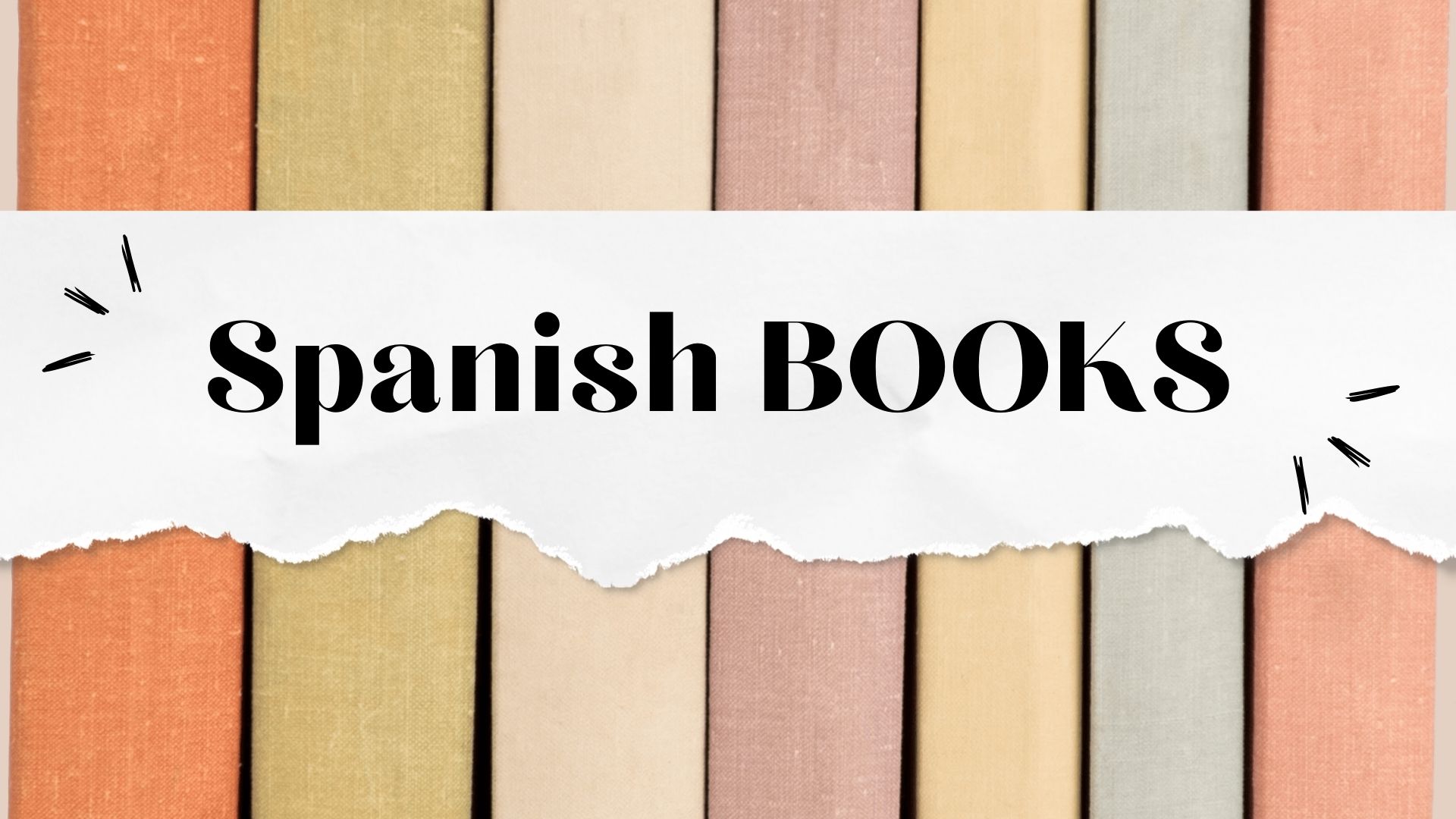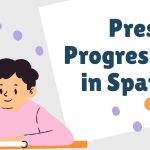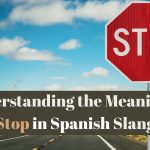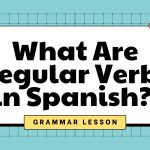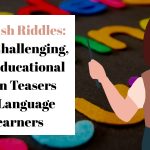Starting to learn Spanish opens up a whole new world of books designed just for beginners. A good way to begin is by choosing books that match your current level and help you improve step by step.
You can start with simple children’s books, dive into short stories that are rich in plot, or get hooked on graphic novels. Each type of book helps build your Spanish skills in a different way.
When choosing your books, it’s important to find ones that are just right—not too hard but not too easy. This makes it easier for you to move on to more challenging books as you get better.
What kind of books to read
Choosing the right book is key when you’re starting to read in Spanish. Pick something that fits your skill level so you don’t get frustrated.
It’s good to start with stories you know or topics you like; they keep it interesting.
Also, books that have both Spanish and English can be super helpful. They let you check the English if you get stuck, without slowing you down too much.
Short Stories in Spanish
Reading short stories in Spanish is great for beginners. They’re not too long, so you can actually finish them and feel good about understanding.
Each story teaches you new words in a way that makes sense, helping you remember them better. Plus, you can take your time or speed through them, whatever works for you.
And while you’re learning the language, you also get a taste of different cultures. It’s like traveling without leaving your chair.
Cuentos de la Selva – Horacio Quiroga
- A collection of jungle adventure stories featuring animals and nature.
- Written for children but enjoyable for all ages.
- Uses short sentences and straightforward vocabulary.
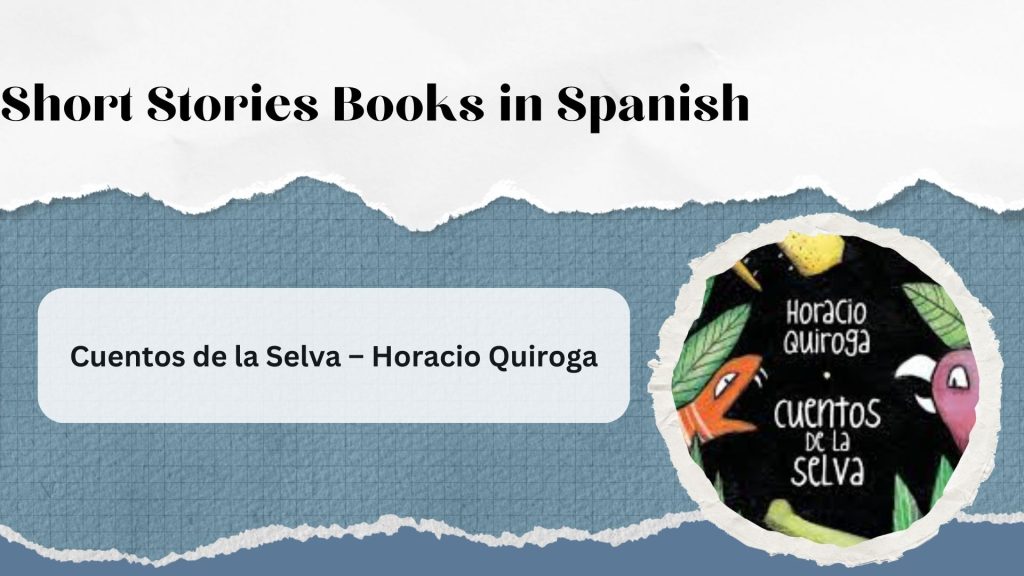
Spanish Short Stories for Beginners – Olly Richards
- Specifically written for learners with controlled vocabulary.
- Each story includes a summary and word explanations.
- Gradually increases in difficulty as you progress.
Microcuentos de amor, lluvia y dinosaurios – Mario Benedetti
- A collection of ultra-short stories (microcuentos) that are easy to digest.
- Uses poetic and simple storytelling, making it beginner-friendly.
- Great for improving reading comprehension in small bites.
Cuentos para pensar – Jorge Bucay
- Short, thought-provoking stories with life lessons.
- Simple writing that feels like a conversation.
- Uses repetition, which helps with language retention.
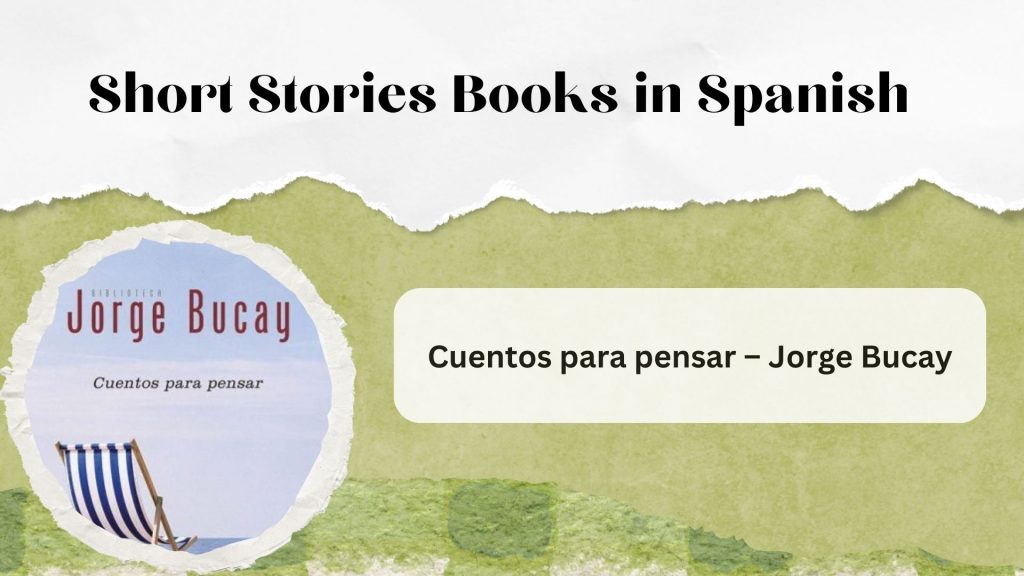
La Casa de los Cuentos – José Zafra
- A collection of imaginative and lighthearted tales.
- Designed for readers of all levels with engaging plots.
- Great for picking up natural Spanish phrases.
Children’s Books in Spanish
Spanish children’s books are great for beginners. They use easy words and repeat them a lot, which helps you remember new vocabulary.
The pictures and stories you might already know make it easier to understand what’s going on. This way, you can learn Spanish more naturally, without always having to look up words in a dictionary.
El Principito – Antoine de Saint-Exupéry
- A simple yet deep story about friendship, love, and wisdom.
- Uses easy-to-understand Spanish with short sentences.
- The illustrations help you follow the story.
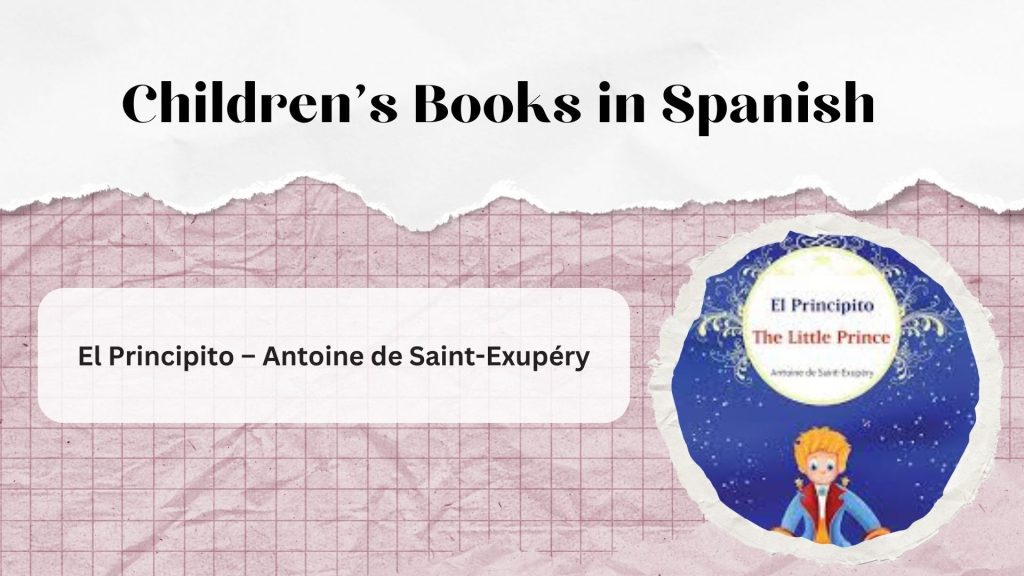
¿Dónde Está Spot? – Eric Hill
- A classic interactive book where kids (or learners) lift flaps to find Spot.
- Simple sentences with common verbs and locations.
- Great for learning questions and responses in Spanish.
La Oruga Muy Hambrienta – Eric Carle
- Teaches days of the week, counting, and food vocabulary.
- Repetitive sentences make it easy to follow.
- A colorful, fun book for absolute beginners.
Un Elefante Se Balanceaba – Susana Gay
- Based on a popular Spanish children’s song.
- Helps learners memorize numbers and sentence structures.
- The rhythm makes it easy to read aloud.
Los Tres Cerditos (The Three Little Pigs)
- A familiar fairy tale, making it easier to follow.
- Teaches basic verbs, adjectives, and story vocabulary.
- Available in bilingual editions for side-by-side reading.
Graphic Novels in Spanish
Spanish graphic novels are a great way to improve your language skills. They mix pictures and words to tell a story, which can make it easier to understand new ideas and cultural details.
This style is really good for people who learn best by seeing things. It also helps you remember new words better.
Mortadelo y Filemón – Francisco Ibáñez
- A comedic detective series with simple and hilarious plots.
- Uses colloquial Spanish, perfect for learning everyday phrases.
- Great for intermediate beginners who want fun reading.
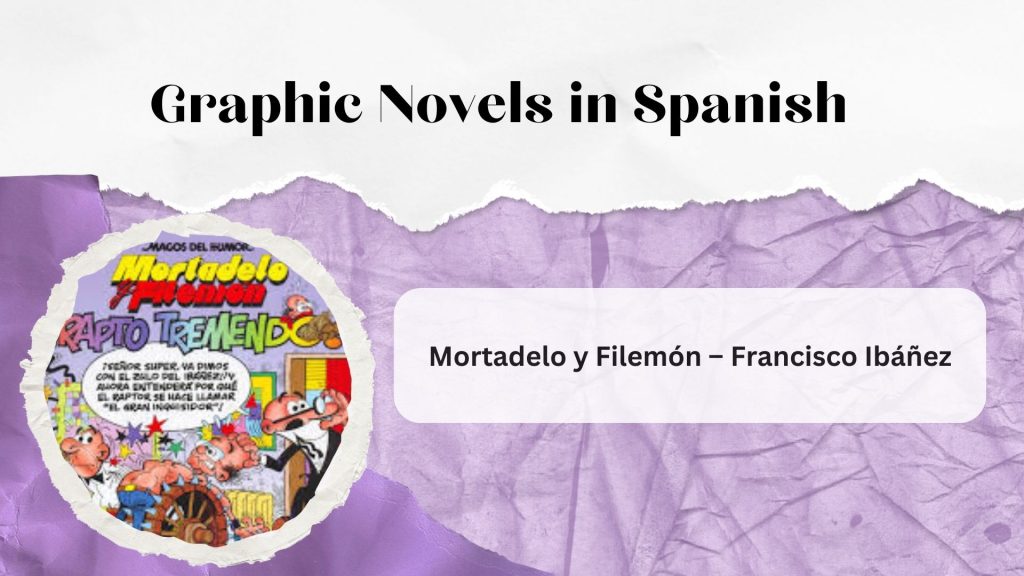
Mafalda – Quino
- A popular comic strip about a clever and opinionated girl.
- Simple dialogue with lots of common expressions.
- Perfect for learning humor and cultural references in Spanish.
El Tesoro del Cisne Negro – Paco Roca
- A historical adventure with beginner-friendly Spanish.
- The illustrations help understand the plot.
- Good mix of narration and dialogue for different learning styles.
Las Aventuras de Tintín – Hergé (Spanish Edition)
- A mystery adventure series with clear storytelling.
- Uses practical vocabulary for daily life.
- Engaging and great for learning narrative Spanish.
Super López – Jan
- A Spanish superhero parody, making it fun and engaging.
- Simple yet authentic Spanish dialogue.
- Helps with casual speech and humor in Spanish.
Spanish Novels for Beginners
If you’re just starting to learn Spanish, picking the right novels can really help you get better at the language. Start with easy books like ‘El Principito.’ It’s simple enough but still introduces you to new words and phrases in a way that’s easy to understand.
Also, try reading books by modern authors who write clearly. This can help you learn new vocabulary and get the hang of more complicated grammar without feeling too stressed out.
Manolito Gafotas – Elvira Lindo
- A humorous diary-style novel about a mischievous boy.
- Written in a simple, conversational style.
- Perfect for learning natural spoken Spanish.
La Sombra del Viento (Simplified Version) – Carlos Ruiz Zafón
- A mystery novel, available in an adapted beginner-friendly version.
- Has descriptive language without being too complex.
- Engaging and good for improving reading fluency.
Aura – Carlos Fuentes
- A short, eerie novel that’s easy to read.
- Uses simple but atmospheric storytelling.
- Helps learners grasp verb conjugations in different tenses.
Nada – Carmen Laforet (Beginner Edition)
- A classic coming-of-age story in an easier version for learners.
- Great for picking up common narrative structures.
- A stepping stone for transitioning to full Spanish novels.
Marina – Carlos Ruiz Zafón
- A mystery and love story written in accessible Spanish.
- Uses simple yet engaging descriptions.
- A great starter novel for learners.
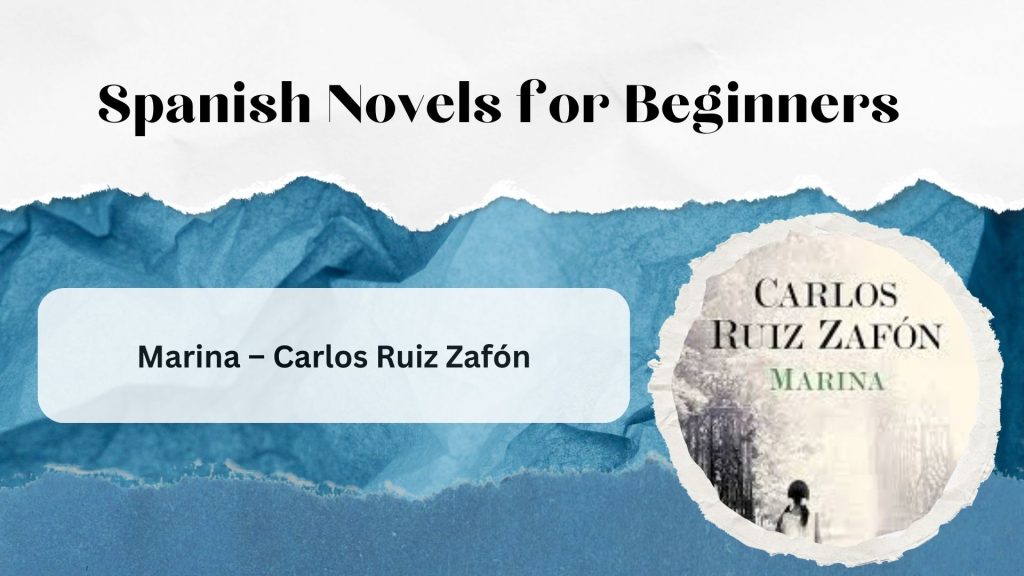
Bilingual Spanish Readers
Bilingual Spanish books are great for anyone trying to get better at both English and Spanish. They show the same content in both languages, right next to each other. This setup helps you quickly see and understand words and how sentences are built.
Spanish-English Short Stories for Beginners – Lingo Mastery
- A mix of fun and simple stories with translations.
- Has questions at the end to test comprehension.
First Spanish Reader – Angel Flores
- A mix of classic and modern short stories.
- Gradually increases in difficulty.
Parallel Text: Spanish Short Stories – Various Authors
- Great for learning new words without a dictionary.
Stories from Mexico / Historias de México – Genevieve Barlow
- Folk tales with cultural insights.
Easy Spanish Reader – William T. Tardy
- A structured reader with stories and comprehension exercises.
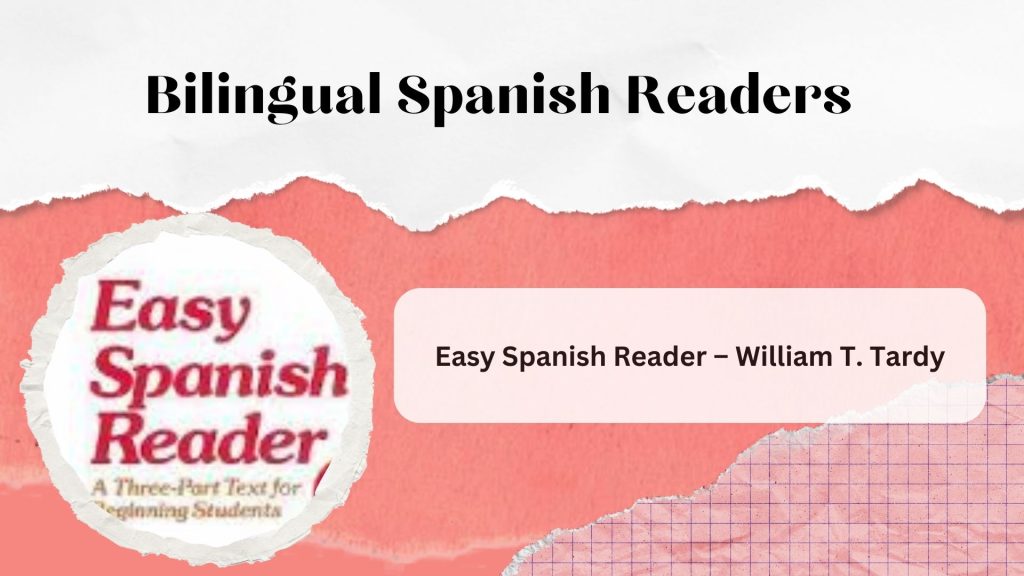
What kind of books to avoid
While bilingual Spanish books are great for learners, it’s good to know which ones might not be the best for beginners. Avoid books that use a lot of local expressions or are written in a very advanced style. These books often have complicated sentences that can be too much for someone just starting out. They can make learning Spanish feel harder than it needs to be.
Instead, look for books that are easy to understand and designed for those who are new to the language. These can make your learning experience a lot smoother and more enjoyable.
Conclusion
Choosing the right Spanish books is key for beginners who want to get better at the language. It’s good to start with simple kinds of books like short stories, children’s books, graphic novels, and easy novels. These help build your basic skills and grow your vocabulary and grammar bit by bit.
Bilingual books are really helpful too. Try to stay away from complex books that might be too hard to understand and could make you feel discouraged. So, reading the right way can really help you learn the language well.
To read more such articles, keep visiting Lingua Viva .
Dayron is co-owner, and the heart of Lingua Viva. He is a licensed Educator and Interpreter with 15+ years of experience, and holds a graduate degree in Foreign Language Instruction. A native Caleño who creates a comfortable environment for his students. Dayron is loved by all and inspires confidence in his students when learning and speaking Spanish. He is also an avid comedian that loves to dance salsa.
